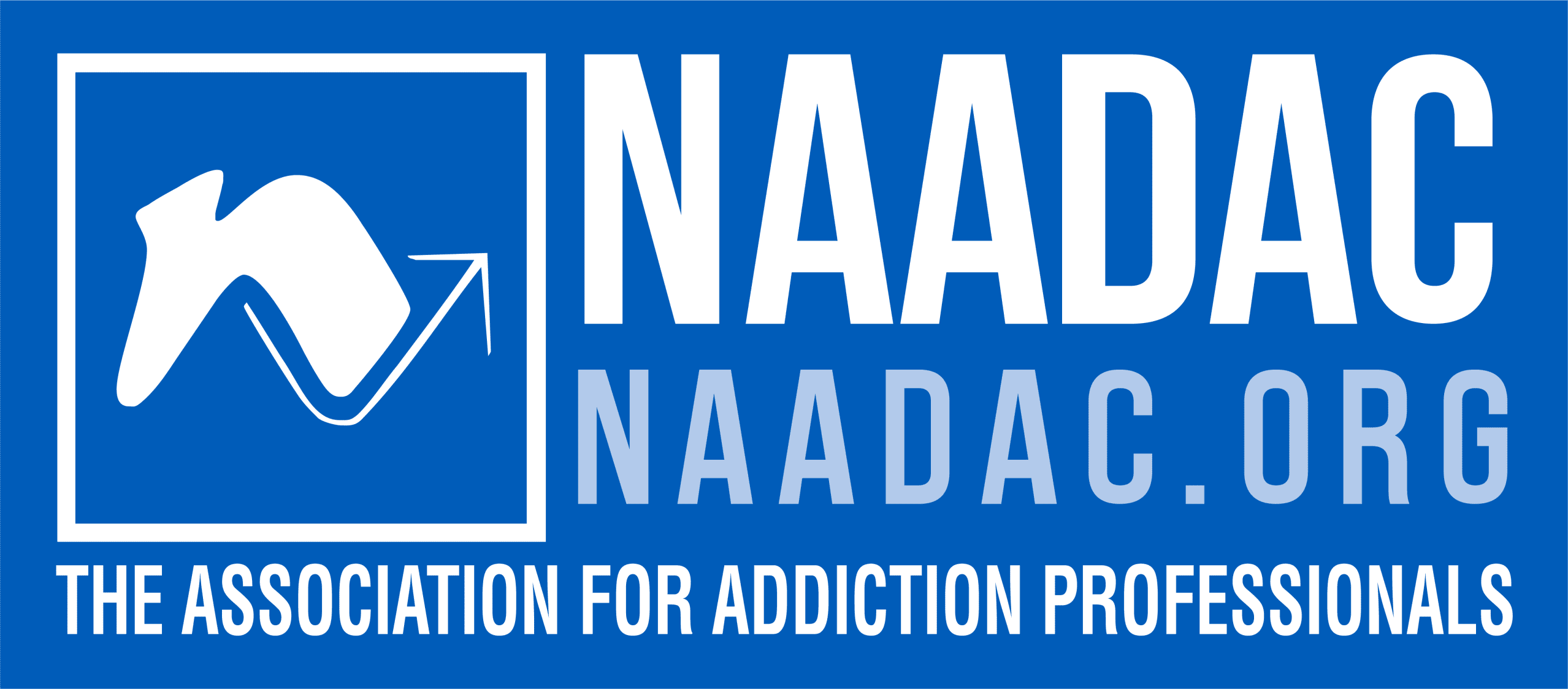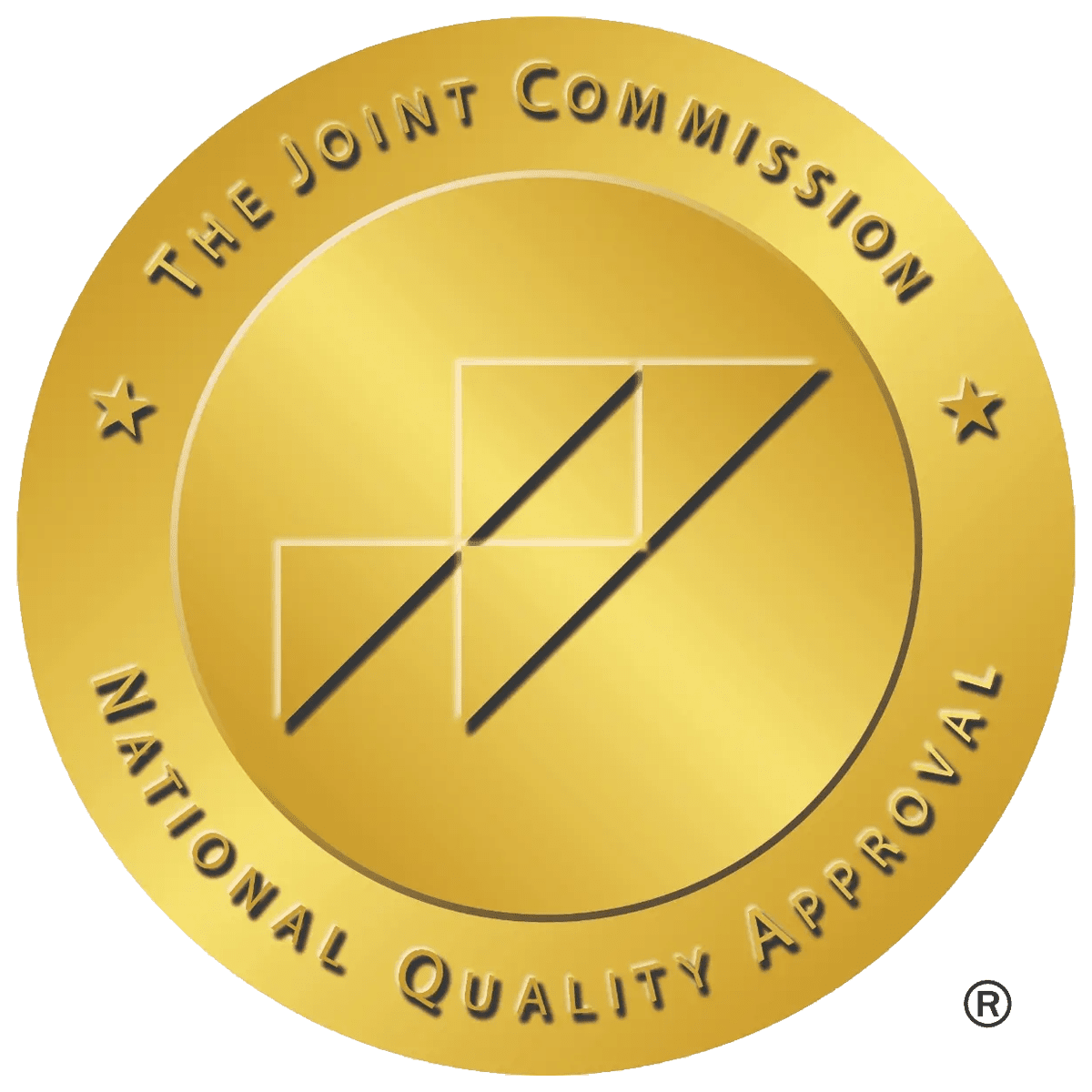What Is GHB? Understanding the Date Rape Drug
GET HELP TODAY!
100% Confidentiality Guaranteed


What Is GHB?
GHB (gamma hydroxybutyrate) is a synthetic drug classified as both a depressant and a recreational drug. It’s frequently used by teenagers and young adults at raves, clubs, and parties. However, its misuse has spread to a wider population and is now associated with various types of drug abuse.
Often referred to as a “date rape drug,” GHB is a clear, odorless liquid or white powder. Users commonly mix it into water, alcohol, or other beverages. Because it’s colorless and tasteless, it can be slipped into someone’s drink undetected, which poses serious risks such as sexual assault, unplanned pregnancy, or the spread of STDs.
Illegal manufacturers often produce GHB in secret labs both in the U.S. and abroad. GHB analogues, such as GBL and BD, are technically legal and sold as industrial solvents or bodybuilding supplements. These analogues can also be found in products like nail polish remover, fish tank cleaner, and ink cartridge cleaners.
Despite being naturally present in small amounts within the body’s central nervous system, larger doses of GHB can result in side effects such as euphoria, severe drowsiness, memory impairment, confusion, unconsciousness, or even death. These dangerous side effects contribute to its misuse as a rape drug.
The DEA has listed GHB as a Schedule I controlled substance due to its high potential for abuse. Still, FDA-approved versions like Xyrem are used medically under Schedule III. Unfortunately, even prescription drugs like these can be abused.
Freedom Starts Here. Take Back Your Life Today.
Same-Day Admissions in Austin Available.
Slang for GHB
Common street names and slang for GHB include:
- G
- Goop
- Liquid Ecstasy
- Fantasy
- Easy Lay
- Grievous
- Scoop
- Georgia Home Boy
- Salty Water
- Liquid X
- Bodily Harm
- Mills
How Common Is GHB Addiction?
Although GHB is not as widely recognized as other illicit drugs, its addiction rate is growing. GHB is popular among high school students and young partygoers, often seen as an alternative to ecstasy.
Among LGBTQ communities, especially gay and bisexual men in nightlife scenes, GHB has gained popularity. According to some reports, about 40 percent of gay or bisexual men have used club drugs like GHB. It’s also used among bodybuilders seeking to increase muscle mass quickly and improve sleep patterns.
People misuse GHB not only to experience its effects of euphoria and deep sleep but also as a method of sexual assault. It is often added secretly to drinks, resulting in memory loss and incapacitation. Because it is hard to measure safely, overdoses are common—especially when mixed with alcohol or when taken unknowingly.
More Time. More Joy. More You. Start Now.
WE ACCEPT MOST INSURANCES
What Are the Side Effects of GHB Addiction?
Short-Term Side Effects:
- Nausea
- Vomiting
- Incontinence
- Slowed heart rate and breathing
- Seizures
- Memory loss
- Severe drowsiness
- Coma
- Death
Long-Term Side Effects:
- Liver damage
- Kidney failure
- Chemical dependence
- Severe addiction
- Death
GHB affects both the brain and body, making it one of the most dangerous types of drugs when abused frequently or in large doses.
What Are Common GHB Addiction Signs?
People addicted to GHB may use it regularly for various reasons—bodybuilding, partying, or coping with stress. Regular users such as DJs, bartenders, or athletes may fall into addiction gradually.
Common signs include:
- Drowsiness
- Nausea or vomiting
- Weight loss
- Labored breathing
- Body tremors
- Mood swings
- Financial or job loss
- Depression and anxiety disorders
GHB Withdrawal Symptoms and Detox
GHB symptoms of withdrawal occur when a person suddenly stops using the drug. Due to how quickly GHB leaves the body, withdrawal symptoms can arise within hours of the last dose.
Common symptoms:
- Anxiety
- Depression
- Confusion
- Insomnia
- High blood pressure
- Chest pain
- Delirium
- Tremors
- Agitation
- Hallucinations
- Increased heart rate
- Excessive sweating
- Muscle and bone pain
Because these symptoms are severe and unpredictable, detoxing without medical help can be dangerous. A medical detox program is essential to provide 24-hour care and reduce risks through a structured treatment plan.
During detox, clients are supervised by medical professionals trained in addiction recovery. They may use medication-assisted treatment to ease the process and monitor symptoms in a safe setting. This is particularly important when withdrawal from GHB includes intense psychological symptoms or physical danger.
GHB Withdrawal Timeline
1–24 hours after the last dose:
Initial withdrawal symptoms appear, including anxiety, restlessness, and insomnia.
1–5 days:
Symptoms worsen and may include nausea, hallucinations, or chest discomfort.
2 weeks:
Most symptoms begin to subside, though some may persist for several months, such as anxiety or difficulty concentrating.
Each person’s experience is unique, so timelines vary. However, enrolling in a professional treatment facility helps manage symptoms and prevent relapse.
GHB Addiction Recovery: Long-Term Rehab
After detox, clients typically enter a treatment center offering inpatient or outpatient care. The level of care depends on the client’s needs, but the structure and curriculum often include:
- Individual therapy
- Cognitive behavioral therapy
- Group counseling
- 12-Step meetings
- Family involvement
- Relapse prevention strategies
- Education on chemical dependency
Inpatient rehab provides constant supervision and structured support. Outpatient programs offer greater flexibility but require strong self-discipline.
According to the National Institute on Drug Abuse, treatment should last at least 90 days for optimal success. Whether in inpatient or outpatient rehab, a structured addiction treatment program increases the likelihood of lasting recovery.
Costs depend on the center’s services, but many accept health insurance or financing. A strong recovery process includes both detox and extended care.
Ongoing Treatment Options for GHB Addiction Recovery
After formal rehab, long-term sobriety is supported by additional care options like transitional housing or sober living.
Sober Living Programs
Also called transitional living programs or ¾ homes, sober living arrangements offer shared housing that helps individuals adjust to life without drugs.
They typically offer:
- Regular drug testing
- Job assistance
- Personal accountability
- Sober coaching
- Access to recovery groups
- Educational support
These programs help individuals grow socially, emotionally, and financially as they rebuild their lives.
Aftercare Programs
Aftercare programs are ideal for those leaving a GHB rehab program who want continued support. They include weekly group meetings in a safe environment for clients to discuss challenges and successes in sobriety.
Sessions focus on consistency, accountability, and peer encouragement. They are particularly helpful for those at risk of relapse or facing life transitions.
If you or someone you love is suffering from GHB addiction, don’t wait. Contact Nova Recovery Center today for confidential help and to learn more about our medical detox program, inpatient or outpatient care, and GHB addiction treatment options tailored to your needs.